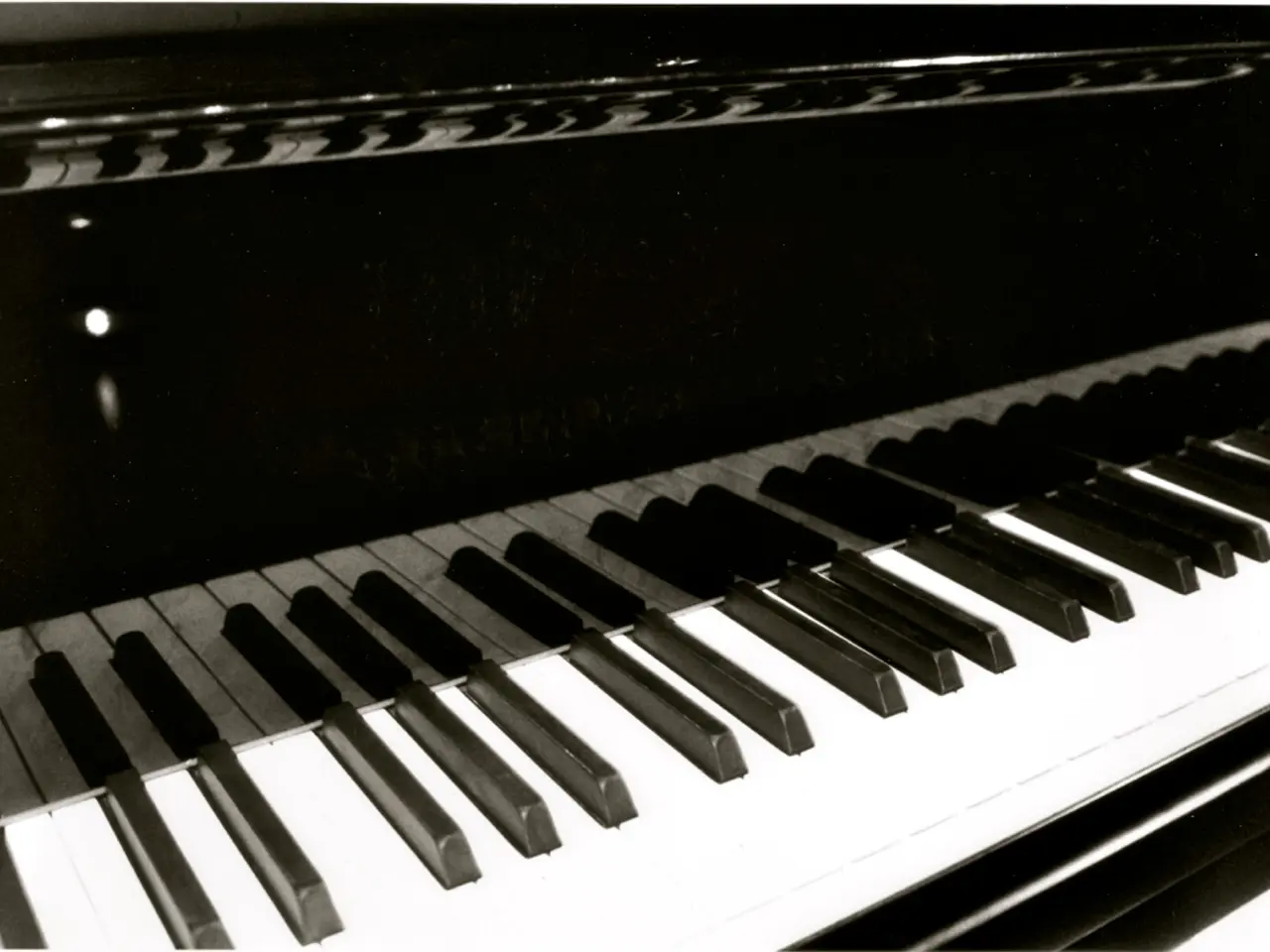Optimal Piano Seat Height - Determining Ideal Bench Heights for Comfortable Playing?
When setting up a piano, the choice of bench is often overlooked, but it plays a crucial role in enhancing both the aesthetic appeal and the playing experience. In this article, we'll explore the key factors to consider when choosing a piano bench, and provide tips on how to determine the ideal height for a comfortable and ergonomic setup.
The Importance of a Well-Designed Piano Bench
A piano bench isn't just a piece of furniture; it's an essential accessory that can significantly impact your playing experience. An elegantly designed bench, such as those with light mahogany colored benches, can elevate the aesthetic appeal of your piano setup. Moreover, a well-built bench, featuring a solid wood frame and thick legs for stability and durability, ensures longevity and reliability.
Comfort and Adjustability: Key Factors to Consider
Comfort is paramount when it comes to piano benches. Leather seats and thickly padded benches provide exceptional comfort and a natural position for the player. To cater to a wide range of preferences and requirements, piano benches come in a variety of prices, from budget-friendly options to high-end models.
Adjustable benches are particularly useful, as they meet heights standards and are suitable for players of different stature. These benches typically adjust between 18" to 21", with some models featuring superior adjustment mechanisms. Some premium adjustable benches extend this range slightly higher, up to about 22.5 inches in height.
Determining the Ideal Piano Bench Height
Establishing the right height of the piano bench is critical to avoid exacerbating improper posture and to ensure effective performance. The ideal height is player-specific, based on knee height minus cushion compression. Here's a step-by-step guide on how to determine the ideal height:
- Measure knee height accurately: Sit upright on a firm, flat surface without a cushion. Wear your usual playing shoes or socks. Someone measures the vertical distance from beneath the kneecap straight down to the floor. Repeat and average for accuracy.
- Calculate target seat height: From the knee height, subtract the compressed thickness of the bench cushion (typically 1–2 inches). Round to the nearest half-inch increment to match bench adjustments. Remember, softness or long-term foam compression may require adjusting this subtraction slightly.
- Adjust bench height: Set the bench so that, when seated, your thighs are roughly parallel to the floor or angled slightly downward. Feet should rest flat on the floor. Arms should fall naturally at the keyboard height without raising or lowering the shoulders.
Common Types of Piano Benches
There are several types of piano benches to choose from, each with its unique features:
- Adjustable artist benches: These are padded, height-adjustable benches designed for comfort and posture. They commonly adjust between 18" to 21", with some models featuring superior adjustment mechanisms.
- Concert adjustable benches: Similar to artist benches but often with a wider height range, better padding, and aesthetic finishes, sometimes extending up to 22.5 inches in height.
- Piano teacher benches / duet benches: Extra-wide benches designed to accommodate two players; each seat typically adjusts independently within the 18.5" to 21" range.
- Fixed-height stools: Simpler, non-adjustable benches that come in standard sizes, often less optimal for precise ergonomic setup.
In Conclusion
In conclusion, finding the perfect piano bench is essential for a comfortable and ergonomic playing experience. The ideal height is player-specific, based on knee height minus cushion compression, and ideally adjustable within the approximate 18"–21" range to ensure ergonomics and playing comfort.
Benches with hydraulic assistance or manual levers for height adjustments should have a sturdy mechanism to remain in the desired position during use. Proper height of the piano bench is important for home setup, studio, or stage performances, as it assists in realizing musical endeavors and giving primacy to acoustics and creativity.
Standard and grand piano benches are secure and stylish. Benches with storage compartments under the seat are practical for storing sheet music and accessories. Some keyboard benches have adjustable heights to fit different players and environments.
[1] Piano Bench Guide: How to Choose the Best Piano Bench for Your Needs
[2] The Perfect Piano Bench Height: How to Measure and Adjust
[3] Jansen Piano Bench Review: A Comprehensive Look at the Best Piano Bench
[4] The Best Piano Bench for Your Needs: A Comparison Guide
[5] How to Choose the Right Piano Bench for Your Needs
A well-designed piano bench, such as those with light mahogany colored benches, can not only elevate the aesthetic appeal of your home-and-garden setup but also significantly impact a composer's playing experience. For a comfortable and ergonomic lifestyle, consider a piano bench with a leather seat, thick padding, and adjustable height that meets the ideal height for various players.




